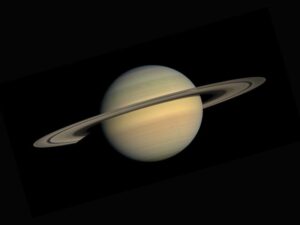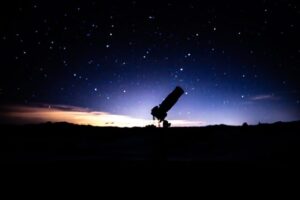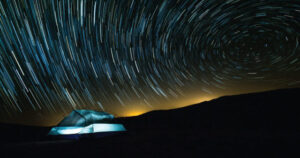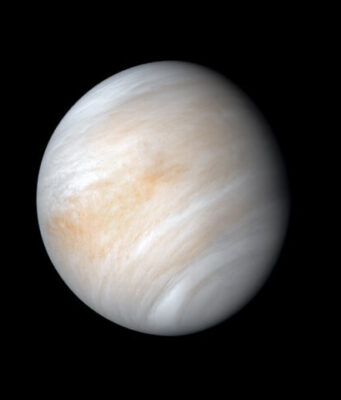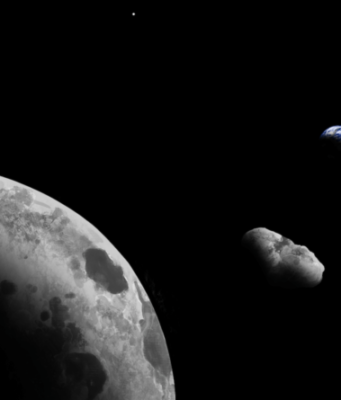Marble Bar sediments, a microcrystalline silicone-rich chert. Credit: A. Glikson
Scientists have found evidence of a huge asteroid that struck the Earth early in its life with an impact larger than anything humans have experienced.
Tiny glass beads called spherules,...
For thousands of years, humans have recorded sightings of mysterious comets sweeping across the nighttime skies. These celestial wanderers, "snowballs" of dust and ice, are swift-moving visitors from the cold depths of space. Some of them periodically visit the...
The striking face-on spiral galaxy NGC 6814, whose luminous nucleus and spectacular sweeping arms, rippled with an intricate pattern of dark dust, are captured in this NASA/ESA Hubble Space Telescope image. Credit: ESA/Hubble & NASA; Acknowledgement: Judy Schmidt
Together with irregular...
This artist's rendition shows the four identical MMS spacecraft flying near the sun-facing boundary of Earth's magnetic field (blue wavy lines). The MMS mission has revealed the clearest picture yet of the process of magnetic reconnection between the magnetic...
An image of the galaxy AGC 198691 (nicknamed Leoncino, or "little lion") taken by the Hubble Space Telescope.
Credit: Photo by NASA; A. Hirschauer & J. Salzer, Indiana University; J. Cannon, Macalester College; and K. McQuinn, University of Texas
A faint...
The University of Chicago's Sean Mills (left) and Daniel Fabrycky describe the complex orbital structure of the Kepler-223 expolanetary system in the May 11, 2016 Advance Online edition of Nature.Credit: Nancy Wong
The four planets of the Kepler-223 star system...
New compositional data from NASA’s New Horizons spacecraft reveal a distinct water-ice signature on the surface of Pluto’s outermost moon, Hydra. Pluto’s largest moon Charon measures 752 miles (1,210 kilometers across), while Hydra is approximately 31 miles (50 kilometers)...
ascading comets around a distant star. Credit: NASA/JPL/Caltech
Sorry, E.T. lovers, but the results of a new study make it far less likely that KIC 8462852, popularly known as Tabby's star, is the home of industrious aliens who are gradually...
Olympus Mons is the largest volcano on Mars, possibly the largest in the Solar System. It is more than 372.84 miles (600 km) across and towers 16.8 mils (27 km) above the Mars surface level. Credit: Image courtesy of...
an artistic view of the accretion disc surrounding the black hole V404 Cygni, where the intense wind detected by GTC becomes evident. Credit: Gabriel Pérez, SMM (IAC)
An international team of astrophysicists, including Professor Phil Charles from the University of...
SOFIA/GREAT spectrum of oxygen superimposed on an image of Mars from the MAVEN mission. The amount of atomic oxygen computed from this SOFIA data is about half the amount expected.
Credits: SOFIA/GREAT spectrum: NASA/DLR/USRA/DSI/MPIfR/GREAT Consortium/ MPIfS/Rezac et al. 2015....



